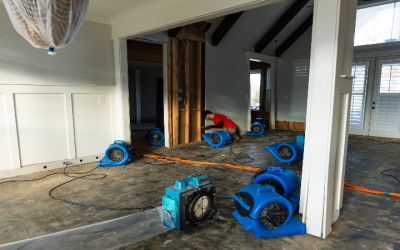Shaping and cutting metal is not an easy job. It requires the use of extensive machinery and highly directed processes in order to cut the metal properly. Sheet metal is often cut and fabricated into different shapes and sizes for use in commercial and residential buildings. They are used for signage, for building fences and for various other applications. Many contractors that take on large contracts that require extensive metalwork often sign contracts with established metal workshops. This makes it easy for them to get the work on time.
Most metalworking shops offer spot welding in Cleveland. Cleveland is one of the biggest cities in Ohio and is very well developed. There are hundreds of different metalworking shops and contractors in the city. As rapid expansion and development continues, a number of metal working shops have begun to thrive in the city over the past few years. Spot welding is obviously one of the most common services that these shops offer.
What is Spot Welding?
Welding is a process in which two metals are joined with the heat that is generated from the resistance to electric current. The two metals that need to be joined are first brought into contact with each other. They are then kept in place by the pressure exerted by electrodes. The thickness of the sheets varies though it mostly revolves around 0.5 to 3mm in range. This is a very typical process used for welding specific types of materials together, especially sheet metal and wire mesh. The reason why thicker materials aren’t easy to spot weld is because the heat tends to flow conveniently into the surrounding metal.
Applications
Spot welding is a very popular metalworking technique. It is mostly used to join two metal sheets together, and can be used for digital signage, building metallic fences and other metalworking applications. However, while this is a common application, there are several others that you should know about. One of the most common applications of welding is in the automobile industry. The technique is used almost universally throughout the automobile industry in order to bend and connect sheet metal together to form a car.
Many companies and workshops that offer to weld often use computerized technology to automate the process. This makes it easy to make specific joints at precise locations. Using a computer to carry the torch is obviously not cheap, as a specialized welding table must also be bought to keep the sheet metal in place. However, in an industry where precision is paramount, this is a very common process used by metal working shops to connect two pieces of metal together.


